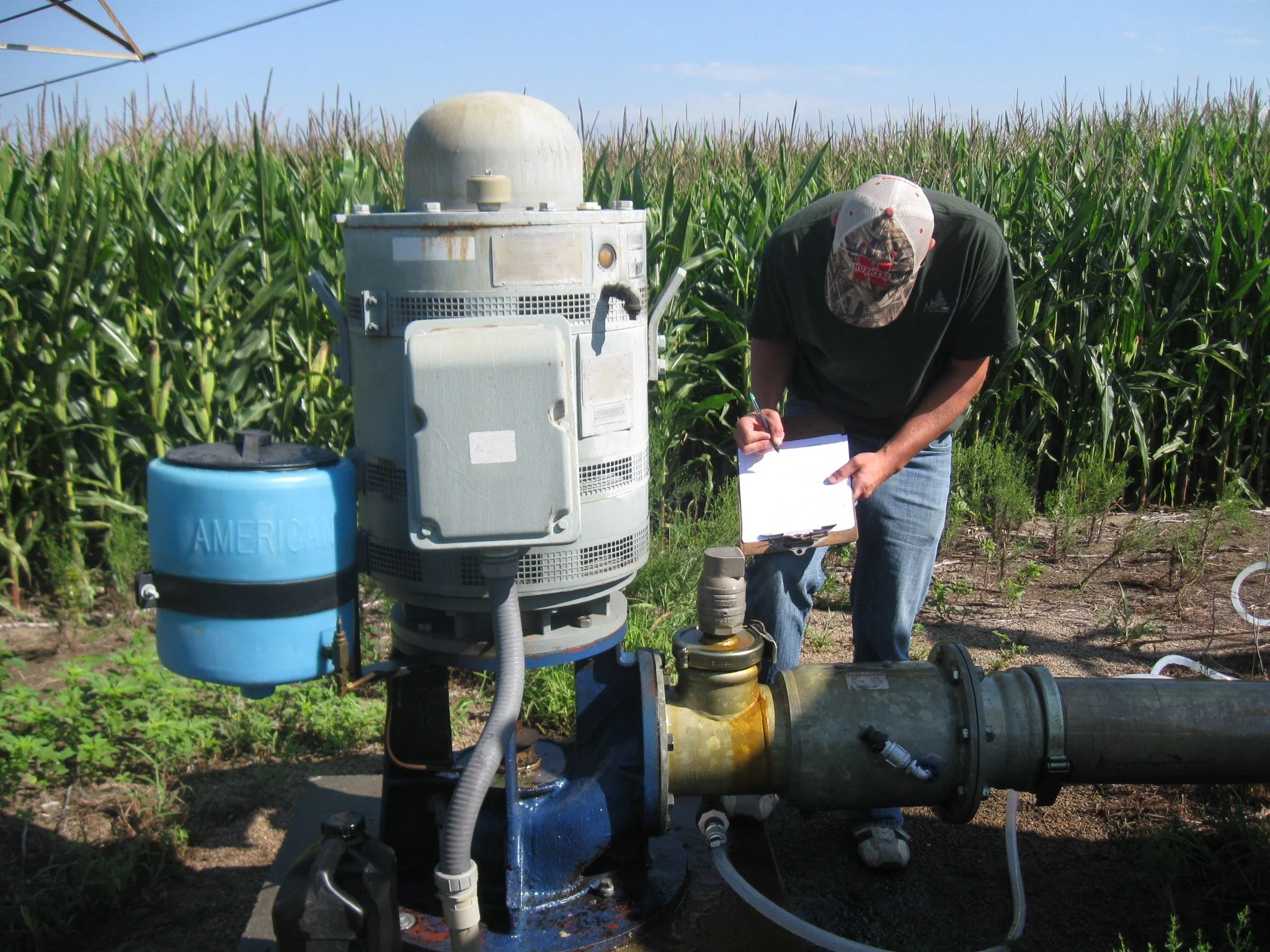Battle Creek no-till farmer and advocate Dan Gillespie sought to leave any land he farmed in better condition than he found it. Nebraska Community Foundation (NCF), in collaboration with the Lower Elkhorn Natural Resources District, today announced a new NCF affiliated fund to ensure Gillespie’s philosophy continues to inspire farmers in Nebraska and surrounding states for years to come.
The Dan Gillespie Soil Health Fund is dedicated to promoting soil health and regenerative agriculture, including but not limited to no-till farming, water conservation, tree conservation and planting cover crops. A volunteer Fund Advisory Committee (FAC) composed of industry professionals and dedicated family members who share Gillespie’s vision aims to make impactful grants to support educational events, youth programs, farmers, ranchers, and others involved in regenerative agriculture.
The seed for the Fund took root in June when Gillespie approached his sister, Rebecca Evert, about his making a $5,000 donation to a young farmer following good soil health practices.
“Being a longtime supporter of Dan’s work in shifting the culture of farming towards no-till I thought I could do that too,” Evert said. “My brother Tim joined in and agreed to add another $5,000. We feel this is not only a way to recognize Dan’s contributions to soil health but to continue his and others’ efforts in supporting the growth of regenerative agriculture.”
Gillespie started using no-till practices in 1986 after an early spring rainfall event on frozen soil resulted in extensive erosion. He joined the National Resources Conservation Services (NRCS) in 1987, where he helped develop a cost-share No-Till Incentive Program. Gillespie served as NRCS’ No-Till Specialist from 2004 until his retirement in December 2020 after 33 years of service. Notably, at 53%, Nebraska currently leads the nation in percentage of no-till cropland.
“Dan was the obvious perfect choice for a no-till specialist,” said FAC member and retired Nebraska NRCS State Conservationist Steve Chick, who created the No-Till Specialist position for Gillespie. “He was a respected long-term practicing zero tiller who passionately and effectively communicated the soil quality benefits of managing crop residue through workshops, tours and direct technical assistance.”
As the importance of no-till farming increased, Gillespie actively participated in multi-state meetings. His passion for soil health was evident. He was always willing to share his experience and spread the message about conservation by giving speeches and demonstrations at conferences and gatherings.
“I learned in 2005 that Dan was just as passionate as I was about no-till farming and enhancing soil health in Nebraska,” said UNL Emeriti Extension Educator and FAC member Randy Pryor. “I invited Dan as a guest speaker to several Southeast Nebraska Soil Health Conferences and he did not disappoint me or his farmer and ag industry audience. His enthusiasm for educating others about his own farm experiences was infectious.”
Gillespie was often greeted as “Dan the Tree Man” in his hometown of Battle Creek. For over 30 years he took seeds (some harvested from oak trees on his farm), potting soil and grow boxes into fourth through sixth grade classrooms. Students loved the hands-on planting exercise, as well as the accompanying conservation talk about trees, healthy soil, and natural resources. Gillespie’s annual visits resulted in 3,000 trees being planted over the years.
Shortly after retirement, Gillespie was diagnosed with ALS, amyotrophic lateral sclerosis, a terminal neurodegenerative disease. By establishing the Dan Gillespie Soil Health Fund, Gillespie’s family, friends, and soil health enthusiasts across the nation can carry on his work indefinitely.
To learn more and support the work of the Dan Gillespie Soil Health Fund, please visit www.nebcommfound.org/give/dan-gillespie-soil-health-fund.
###
About Dan Gillespie Soil Health Fund
The Dan Gillespie Soil Health Fund honors Dan Gillespie, a life-long farmer and long-time no-till farming practitioner and advocate, by raising funds and making grants to support soil health. The fund is dedicated to education and educational practices related to soil health and regenerative agriculture, including but not limited to no-till farming, water conservation, tree conservation and planting cover crops.
Grants from this Fund may support educational events and programming for youth, current farmers and ranchers and others involved in agriculture. The geographic focus of the Fund is Nebraska and surrounding states. A volunteer Fund Advisory Committee works actively to increase charitable giving and award grants to causes and projects that are addressing emerging needs and future opportunities to educate, inform and support healthy soil practices. Established in 2021, the Dan Gillespie Soil Health Fund is an affiliated fund of Nebraska Community Foundation.
About Nebraska Community Foundation
Nebraska Community Foundation unleashes abundant local assets, inspires charitable giving, and connects ambitious people to build stronger communities and a Greater Nebraska.
Headquartered in Lincoln, the Foundation serves communities, donors, and organizations by providing financial management, strategic development, education, and training to a statewide network of 1,500 volunteers serving over 270 communities.
In the last five years, 45,915 contributions have been made to NCF and its affiliated funds. Since 1994, NCF has reinvested $423 million in Nebraska’s people and places. For information, visit NebraskaHometown.org.










